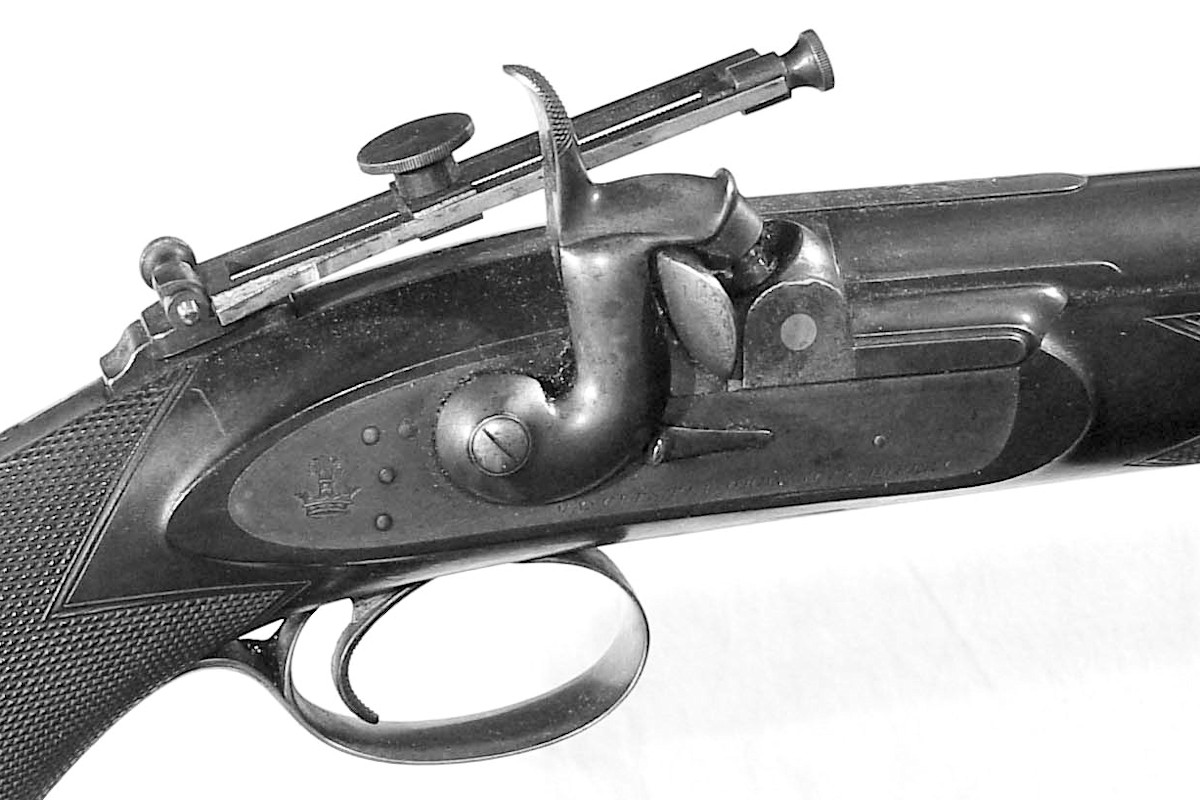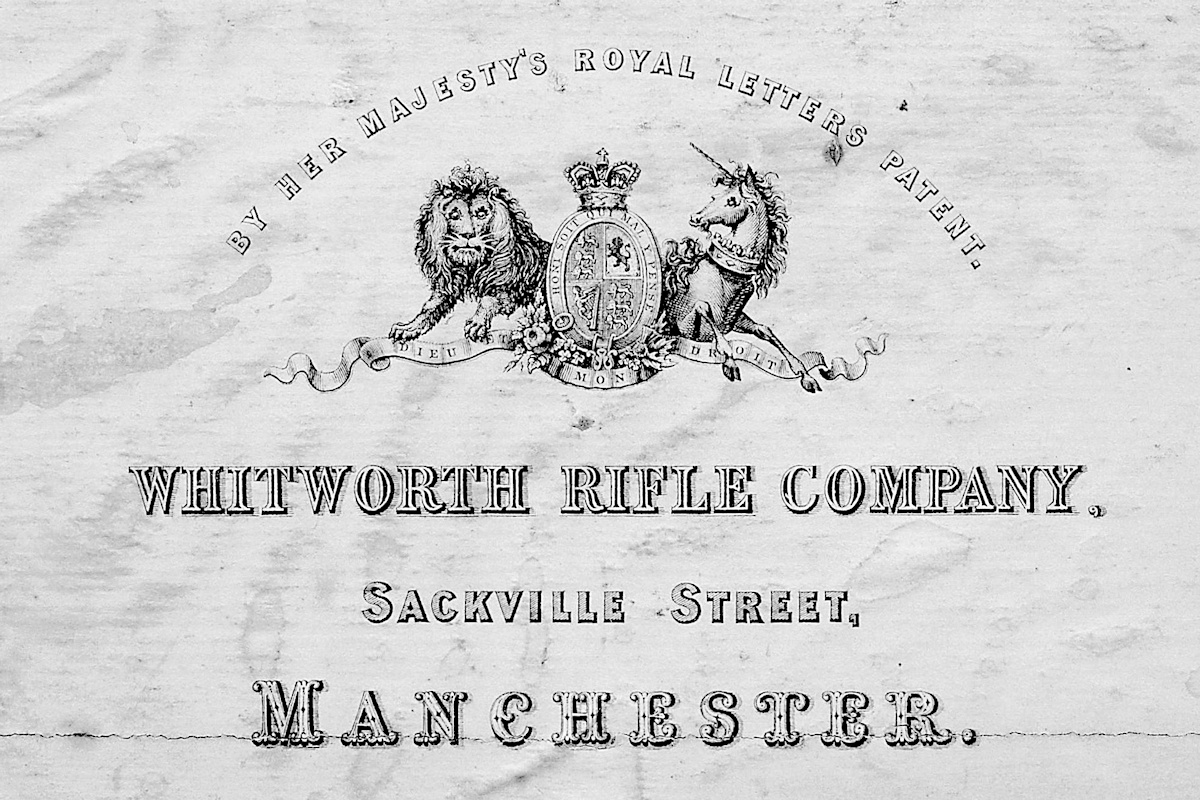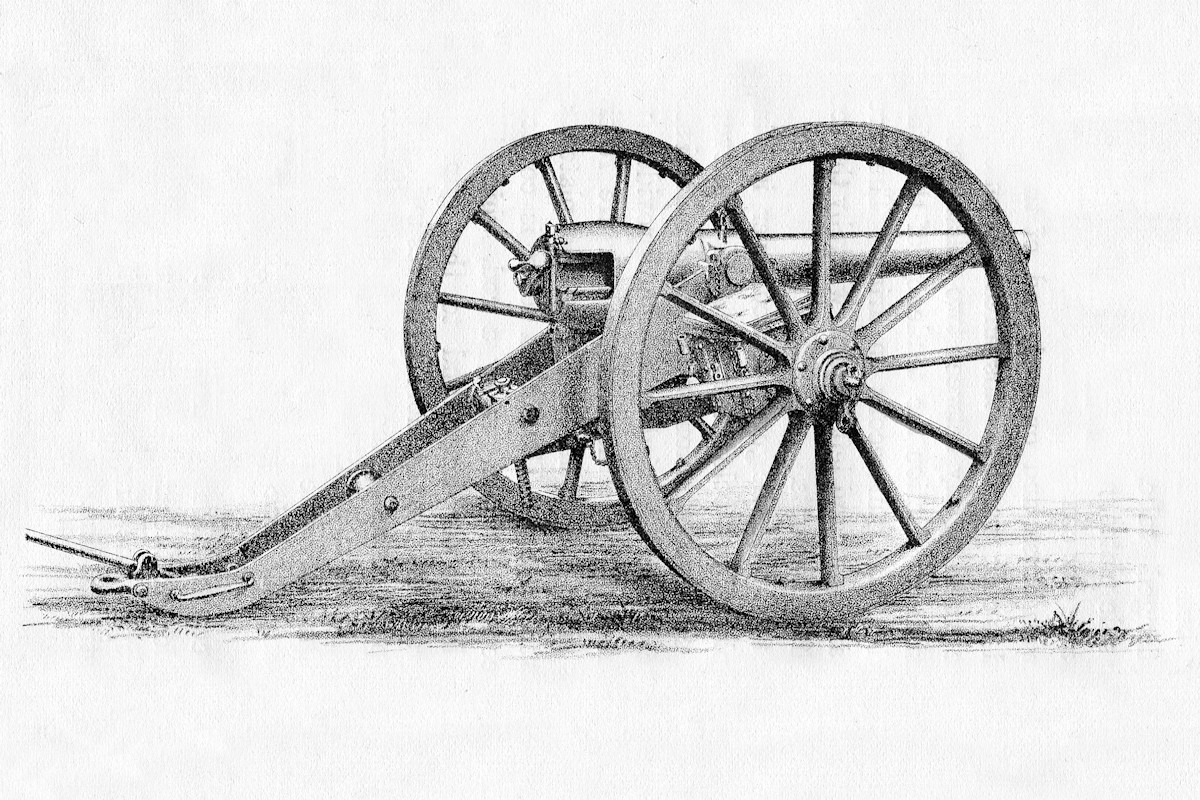You are here: Home > Research > Hex Bore
Source: Derbyshire Times and Chesterfield Herald (Saturday, 5 February 1887)
On Wednesday afternoon in boisterous and miserably wet weather the interment of the remains of Sir Joseph Whitworth, Bart., took place at Darley Dale Churchyard – so rich in old associations and historic interest. Sir Joseph’s name was familiar as a household word almost all over the civilised world, but at Darley had a homely sound, and was associated with progress and a peaceful and kindly interest in the welfare of the place and the residents. Ably aided by his “right hand man,” Mr. Dawson, senior, Sir Joseph had been a friend in almost every possible way to Darley, and of the 200 employees at Stancliffe believe not one would hesitate to frankly say that in Sir Joseph they had lost a good master and a sincere friend. Although the weather was so very unfavourable Darley, Rowsley and Bakewell were astir the forenoon in consequence of the arrival of those who were about to take part in the mournful ceremony various capacities. It will be remembered that Sir Joseph died on the 22nd January at Monte Carlo, and his remains were brought to Stancliffe Hall on Saturday evening, one of the large rooms having been prepared for their reception. The room was hung with cardinal cloth and festoons of crape. The floor was covered with black cloth, and in the centre was a dais, also covered with black cloth. On this dais the coffin rested. The remains were encased in a shell, and then in lead coffin. The outer coffin that came from Monte Carlo, was of olive wood, but became so scratched in travelling that Lady Whitworth ordered its removal. It was succeeded by a massive oak coffin, polished, and with plain brass mountings. On the plate were engraved the arms of the late baronet, and the following inscription:— “Sir Joseph Whitworth, Bart., died 22nd January, 1887, aged 83.” On the coffin and around were many wreaths and crosses, composed of the choicest and rarest flowers.
The interment was fixed to take place at 3.30, but it was after that time before the funeral cortege left the hall. The morning was charmingly fine but cold. About noon the sky became overcast, and at one o’clock rain began to fall, and, as already stated, it continued with little intermission throughout the afternoon— a cold, driving, pitiless downpour. Forty horses, with hearse and coaches, came over from Manchester, and put up at Bakewell in preparation for the funeral, and the express trains running both ways stopped at Darley Dale Station during midday, for the convenience of gentlemen attending the funeral.
Part of the procession was formed at the hall, part at the lodge, and part in the road leading to the church. When complete it assumed the following order: First came the tenantry on the Stancliffe estate, then the workpeople on the estate, numbering about 140. Next followed about 200 men from the work’s at Manchester – eighty of whom having been there over thirty years were specially invited, fares being paid and refreshments provided by the firm – and as the works were closed many other employees came uninvited to witness the interesting and mournful ceremony. Next in order were foreman and heads of departments from Manchester.
There are scattered over the world some 200 gentleman who enjoy the enviable distinction of being known as “Whitworth Scholars,” having successfully passed examinations and held one of the scholarships for two years. About fifty of them came – some of them many miles – to testify their respect and admiration for the man to whom many of them owed their present position life. They assembled at the Lodge, and fell four deep next to the foremen. It might be mentioned that whilst waiting their turn t fall in, the “scholars” decided to words of sympathy to Lady Whitworth through Professor Greenwood, who was present and acceded to the suggestion. Then came the hearse, drawn by six splendid black Belgian horses. It was quite open – in fact simply a bier. The coffin lay on it and was covered with wreaths. Then followed the deceased baronet’s private carriage with drawn blinds.
Notwithstanding the inclement weather the route to the church was crowded with people who had come from far and near to witness the funeral. The church was draped with black, and the floor laid with crimson cloth. The family pew of the late baronet was heavily draped, and in front was his coat of arms, and during the afternoon the bells sent out muffled peal. The service, which was fully choral, was conducted the Rev. F. Atkinson, the vicar, and the Rev. VV. Fyldes, curate. Miss Atkinson presided at the organ. The vault which is the new part of the churchyard, is of blue brick, and was constructed a short time ago under Sir Joseph’s own directions, and was neatly lined above the bricks black cloth, on which ivy were arranged. Superintendent Borrett, of Wirksworth, was present with staff police, who did in their power to preserve good order.
The entire arrangements for the funeral were left with Messrs. Oliver and Alcherley, of St. Ann’s square, Manchester, and they were carried out with their accustomed efficiency.


